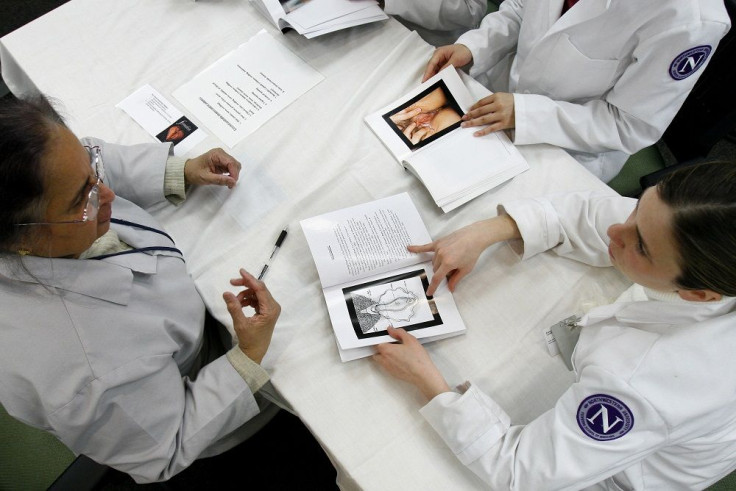Doctor says G-spot should be called CUV Complex [NSFW]

A professor of urology at the Royal Melbourne Hospital debunks the belief that G-spot is a place at the front of the vaginal wall between 11 and 1 o’clock where many women would press to achieve orgasm. The spot was previously pinpointed by Beverly Whipple, professor of nursing at Rutgers University, who discover the spot and named it after Dr Ernst Grafenberg who wrote about the sensitive part of female intimate anatomy in 1950.
However, some urology experts, like Helen O’Connell, based on her dissection of 50 vaginas and more alive vaginas in her career, points out she did not find anything in the vaginal wall that has direct anatomical structure leading to orgasm. Similarly, other scientists who looked for the G-spot could not find it, reports News.com.au.
O’Connell reviewed Whipple’s original research and found that the latter’s study was limited to one woman. Whipple had a second study with 47 women, but when O’Connell tried pressing the sensitive spots identified in the second study, there was also no climax.
The urologists believes the G-spot is not a spot but the clitoris, reports Joe.co.uk, although the one which women touch is just its top. O’Connell explains the clitoris has two arms, called bulbs, which extend down, and two legs, the crura, which go back for up 9 centimetres.
She adds that the clitoris shares the same blood and nerve supply with the urethra and vaginal walls. The clitoris, urethra and vagina – during sex – could push, prod and excite each other, says O’Connell who suggests instead of calling it a spot, it should be called the CUV Complex, or Clitoral, Urethral Vaginal Complex as the anatomically correct term.
VIDEO: G-spot Stimulation – education channel
Source: edusex.us






